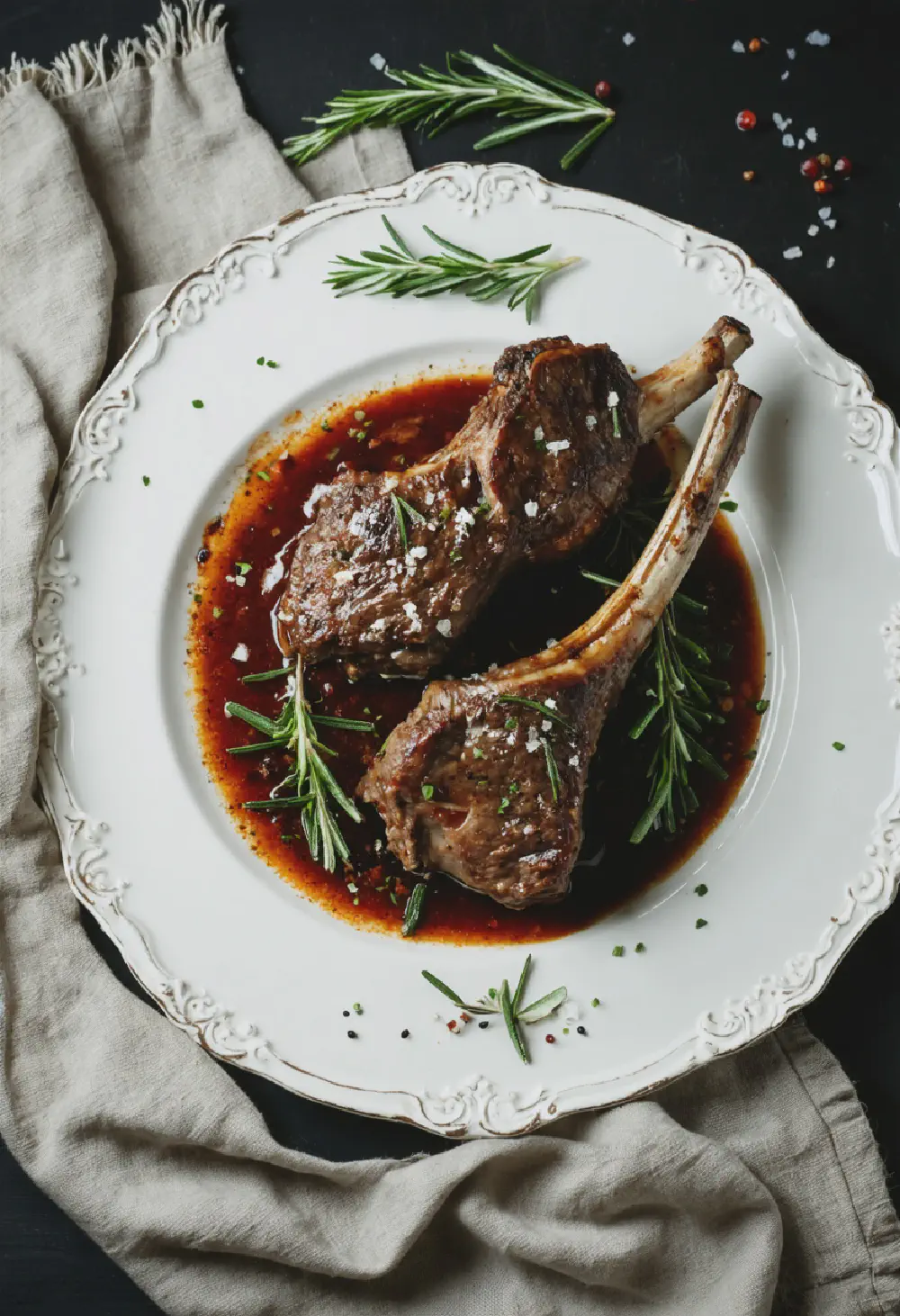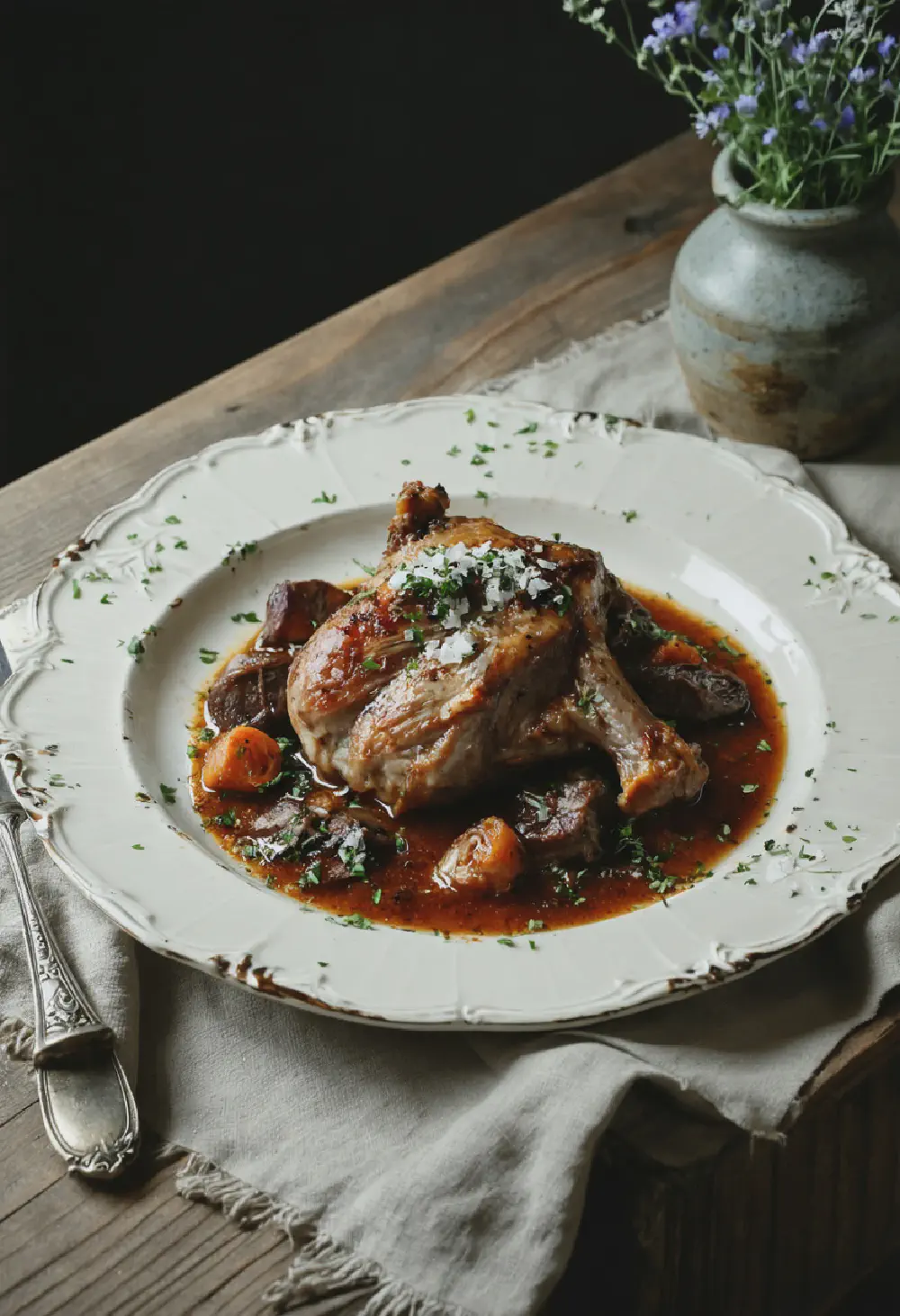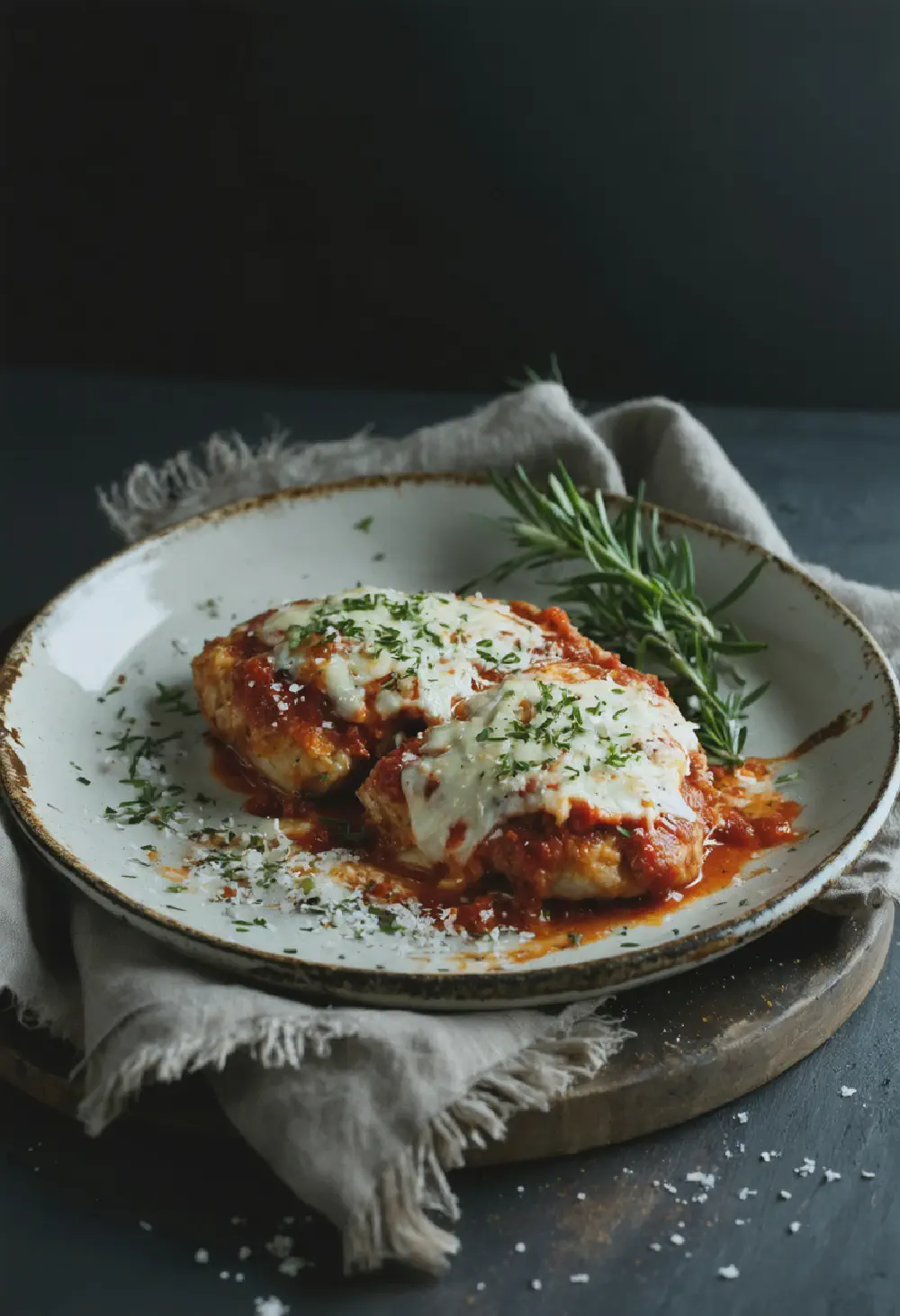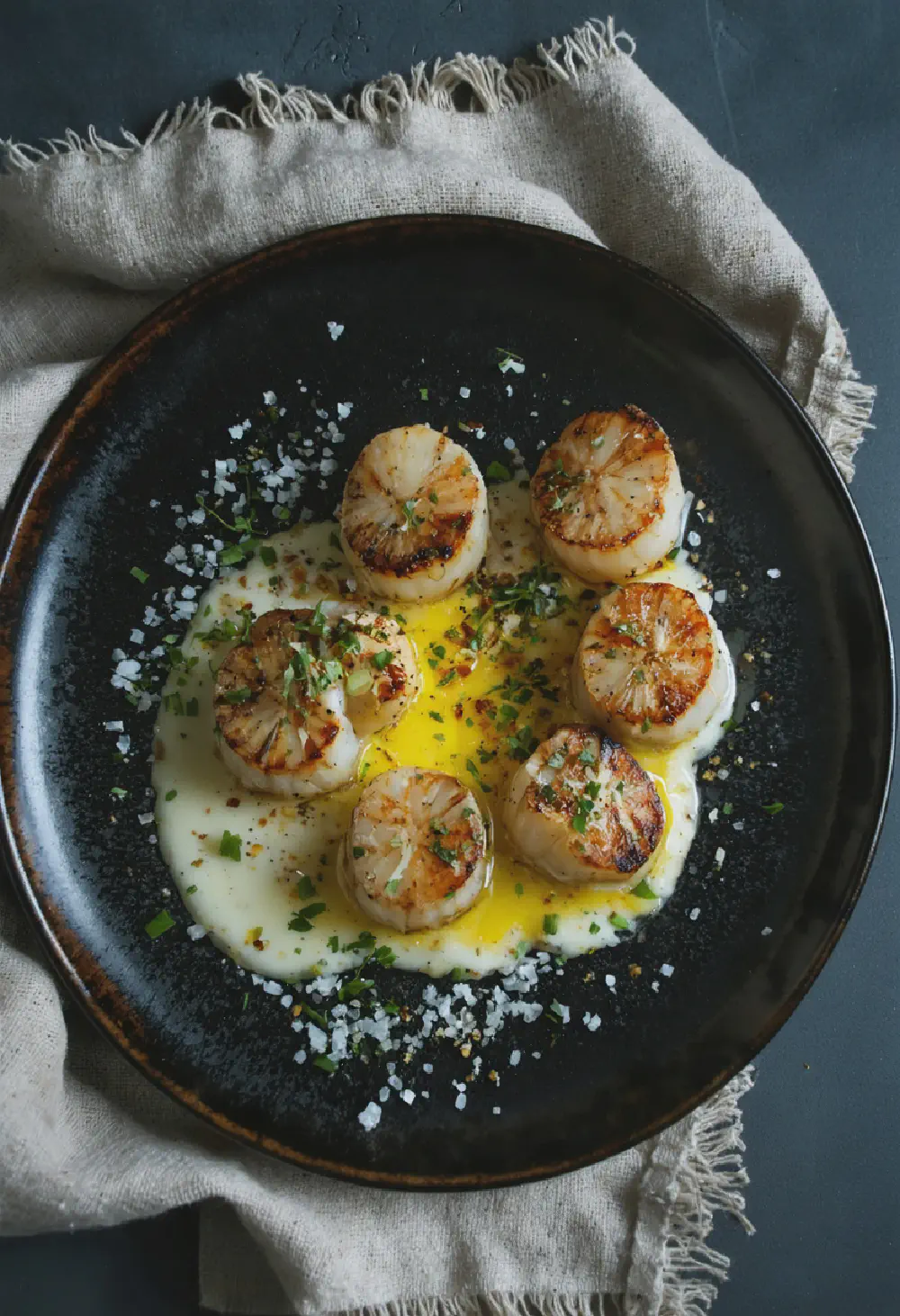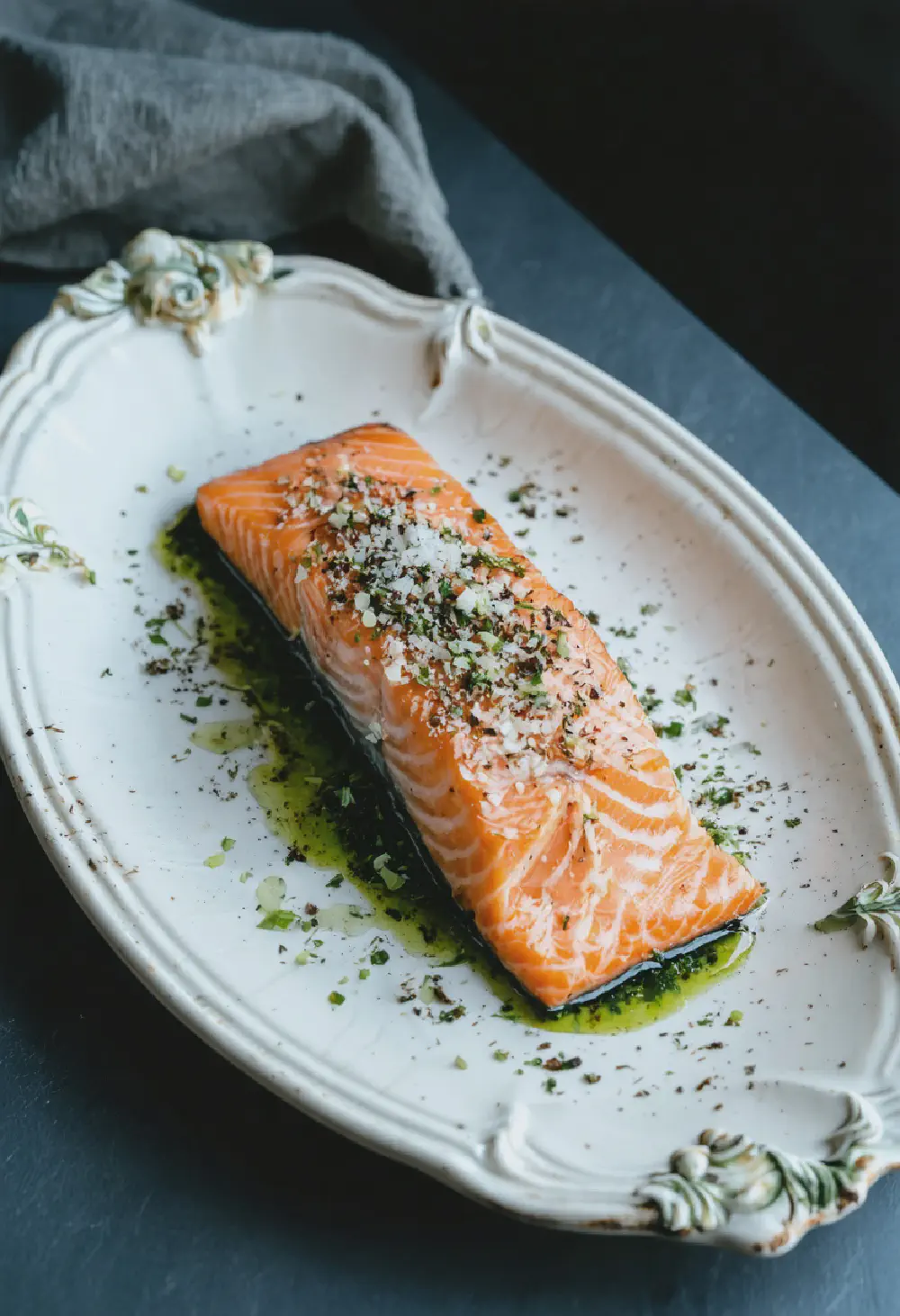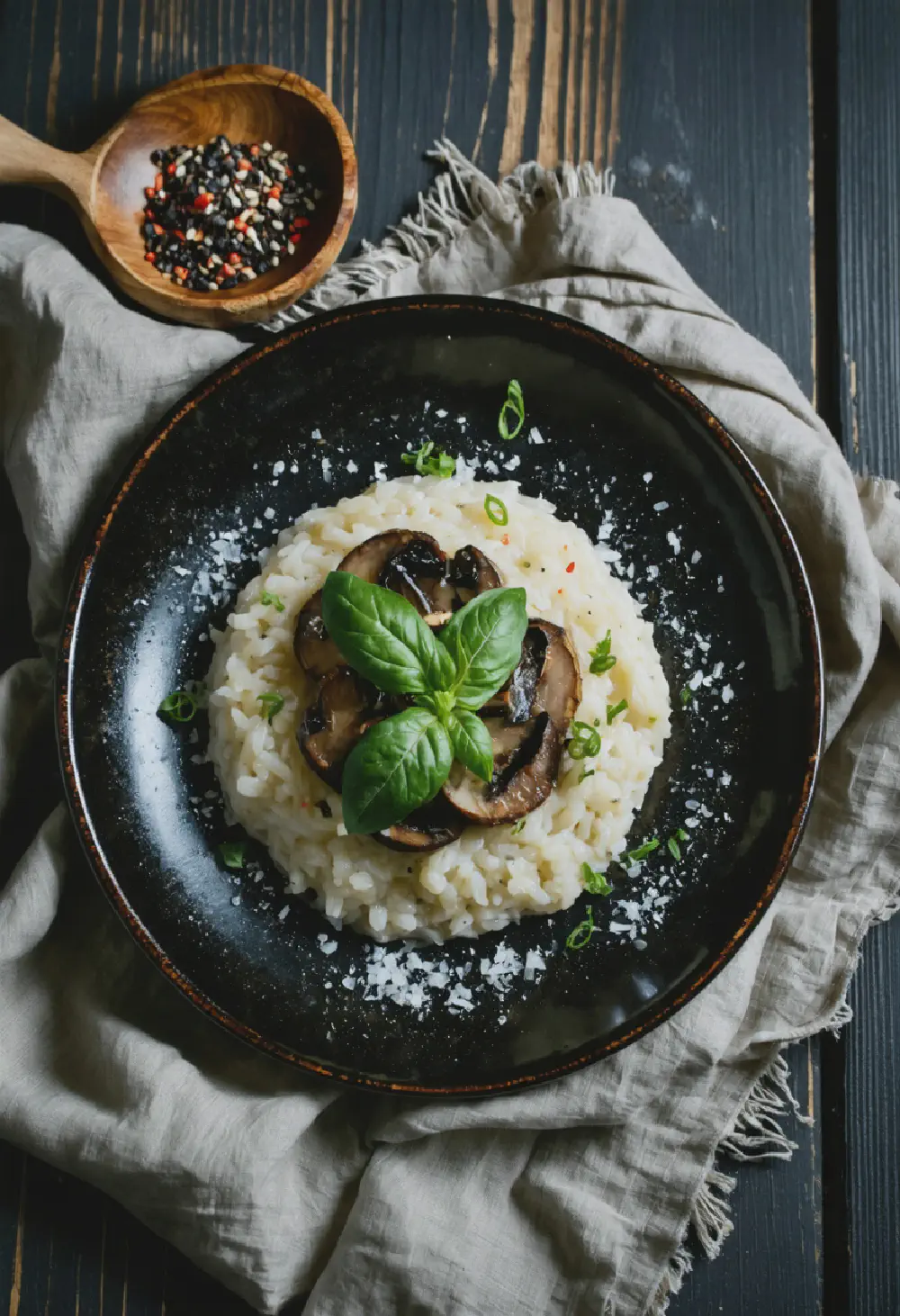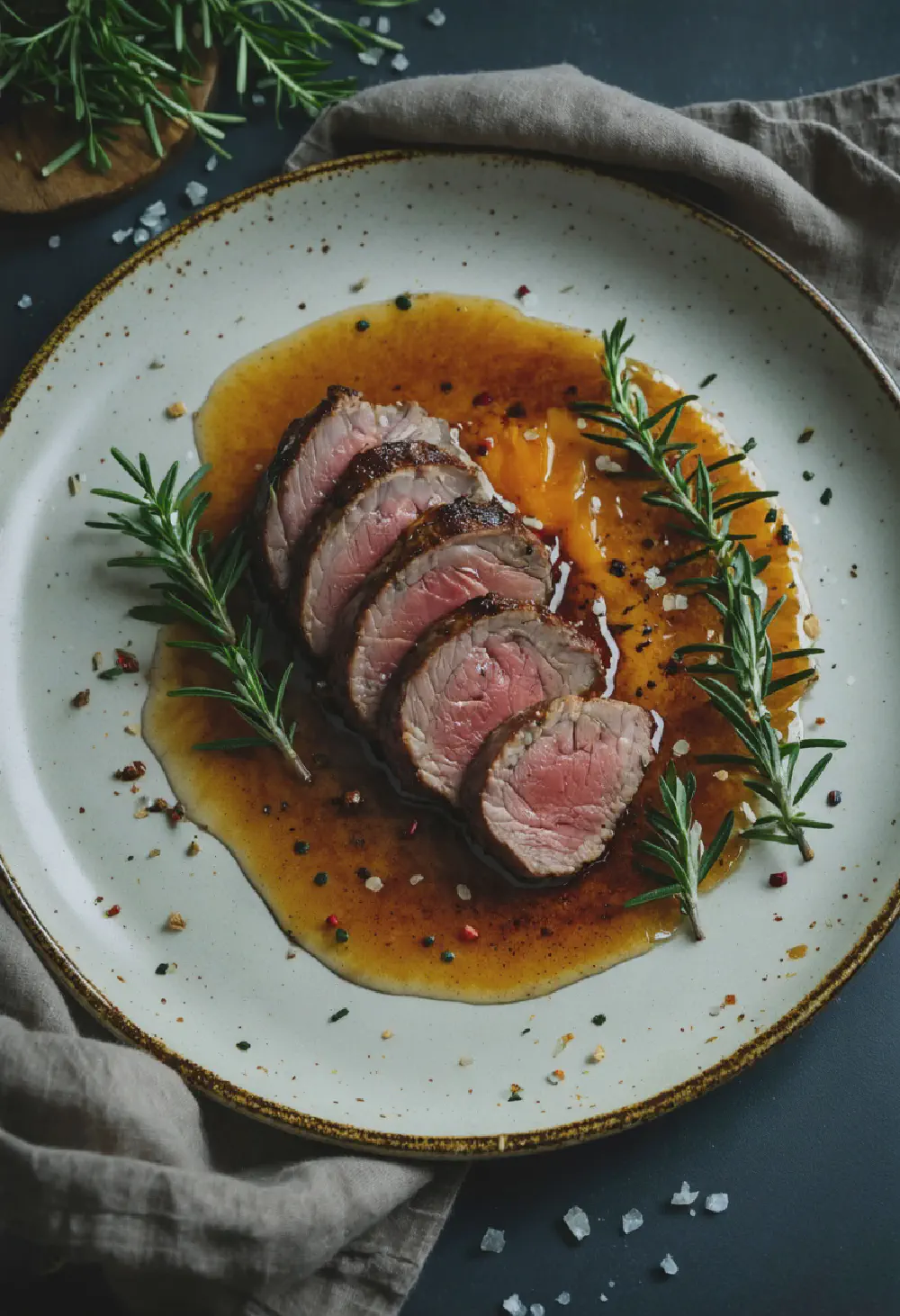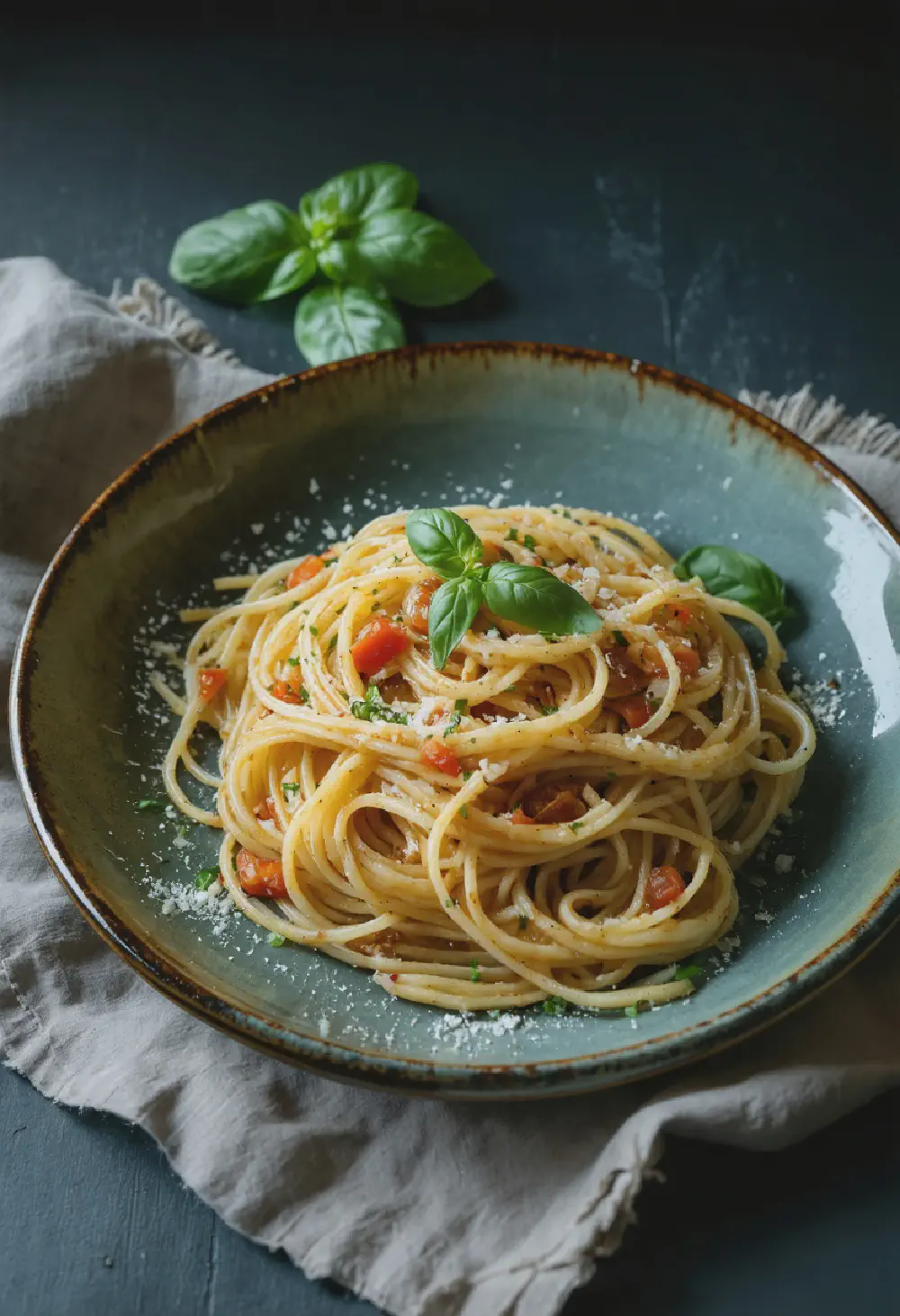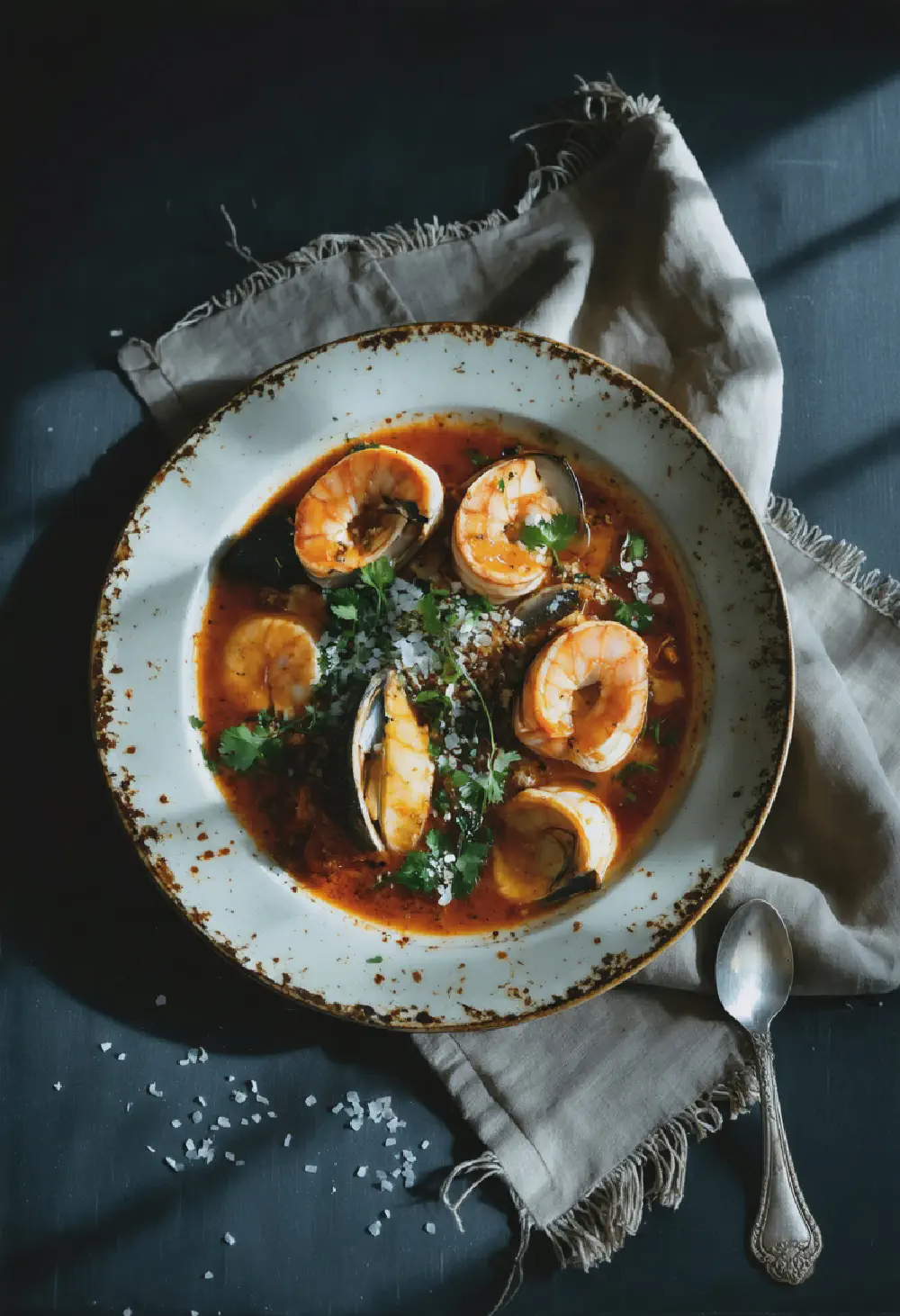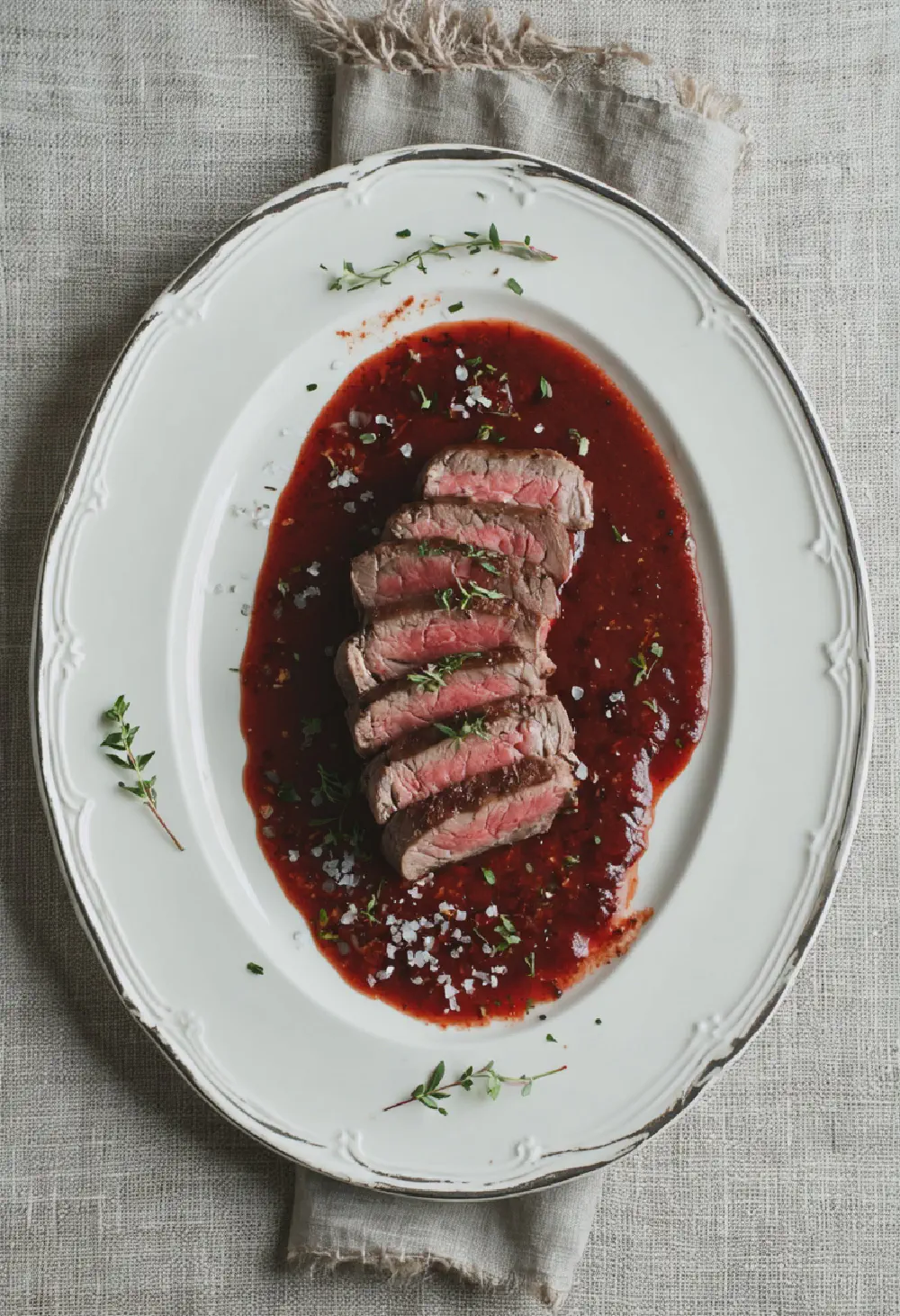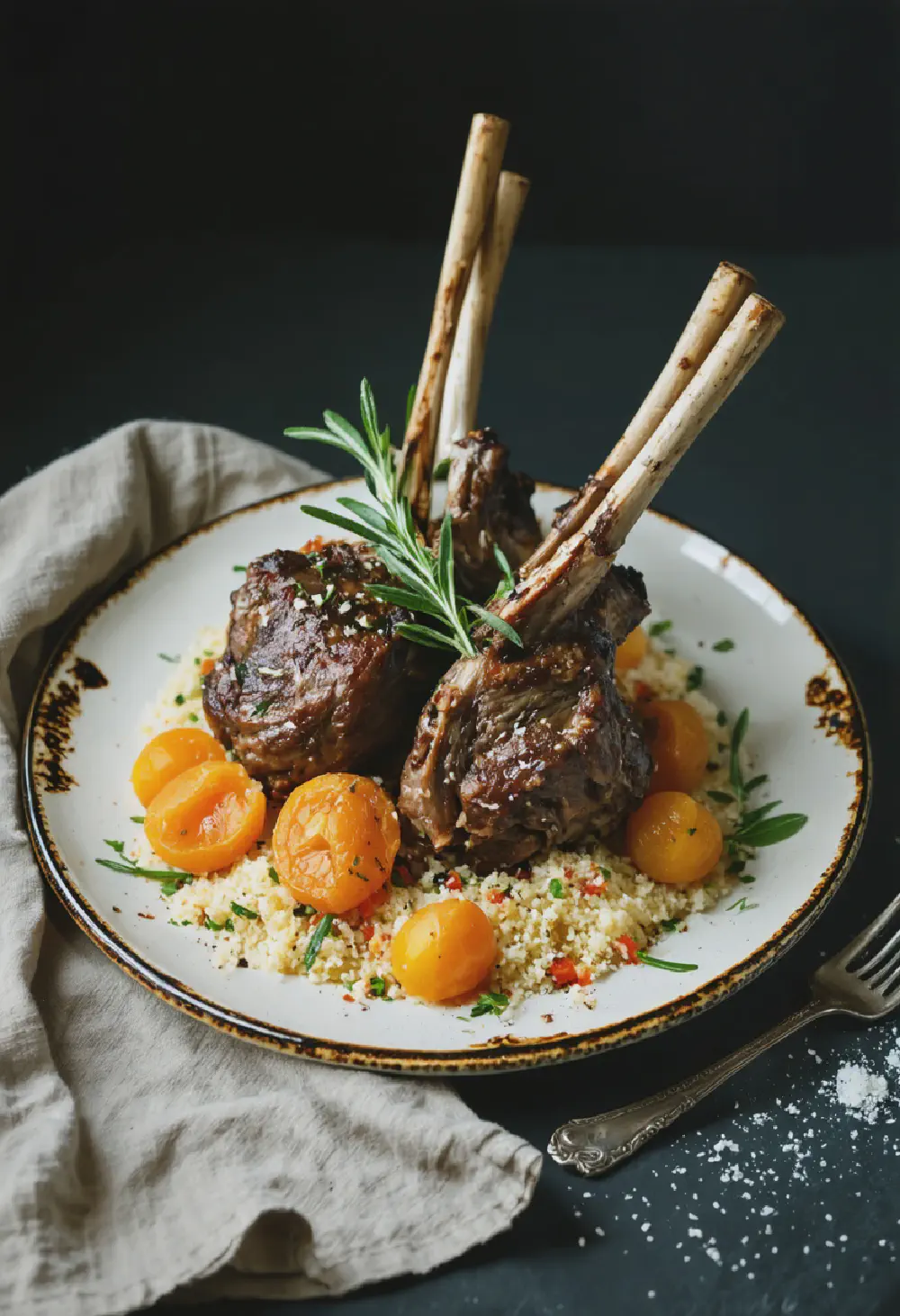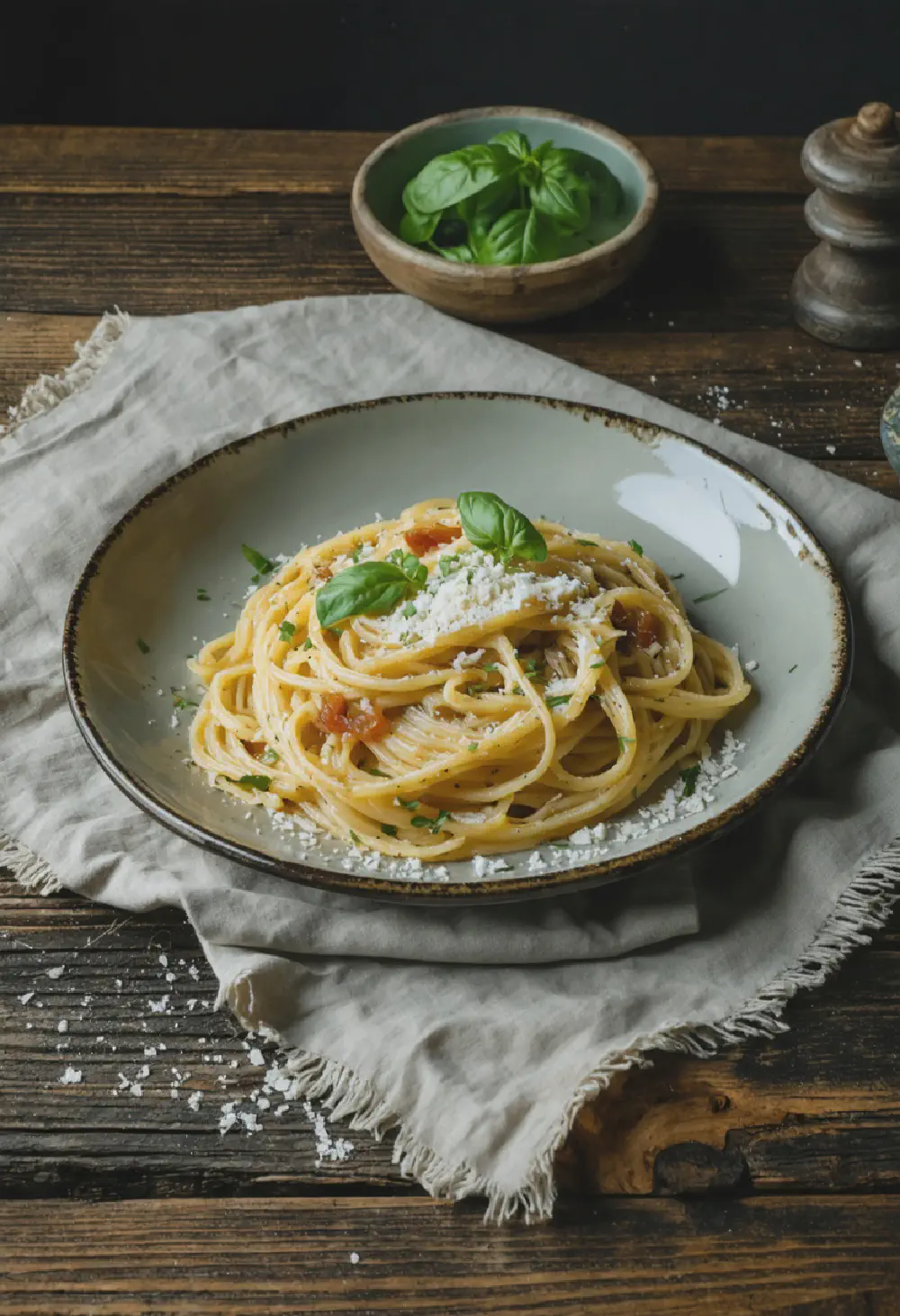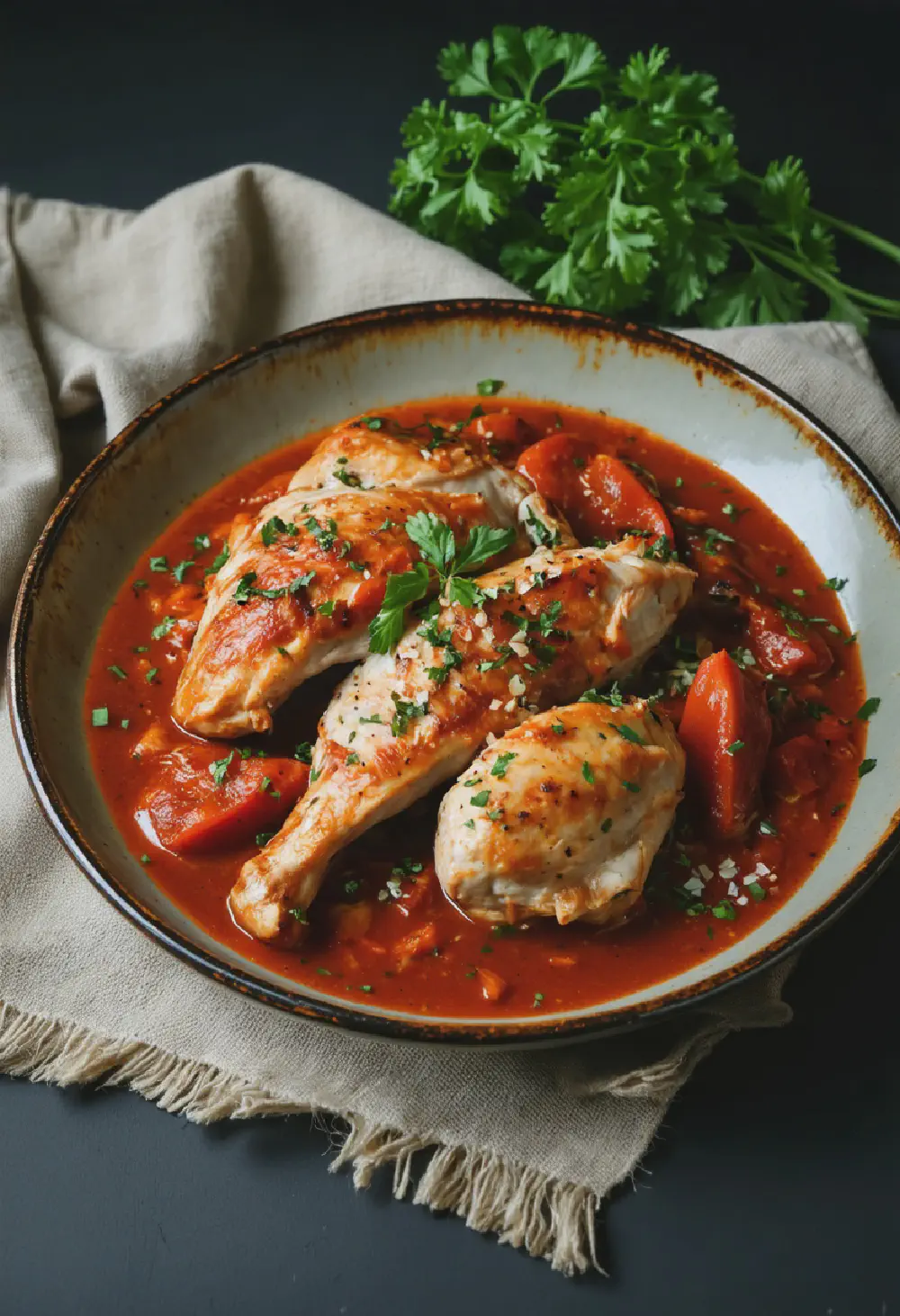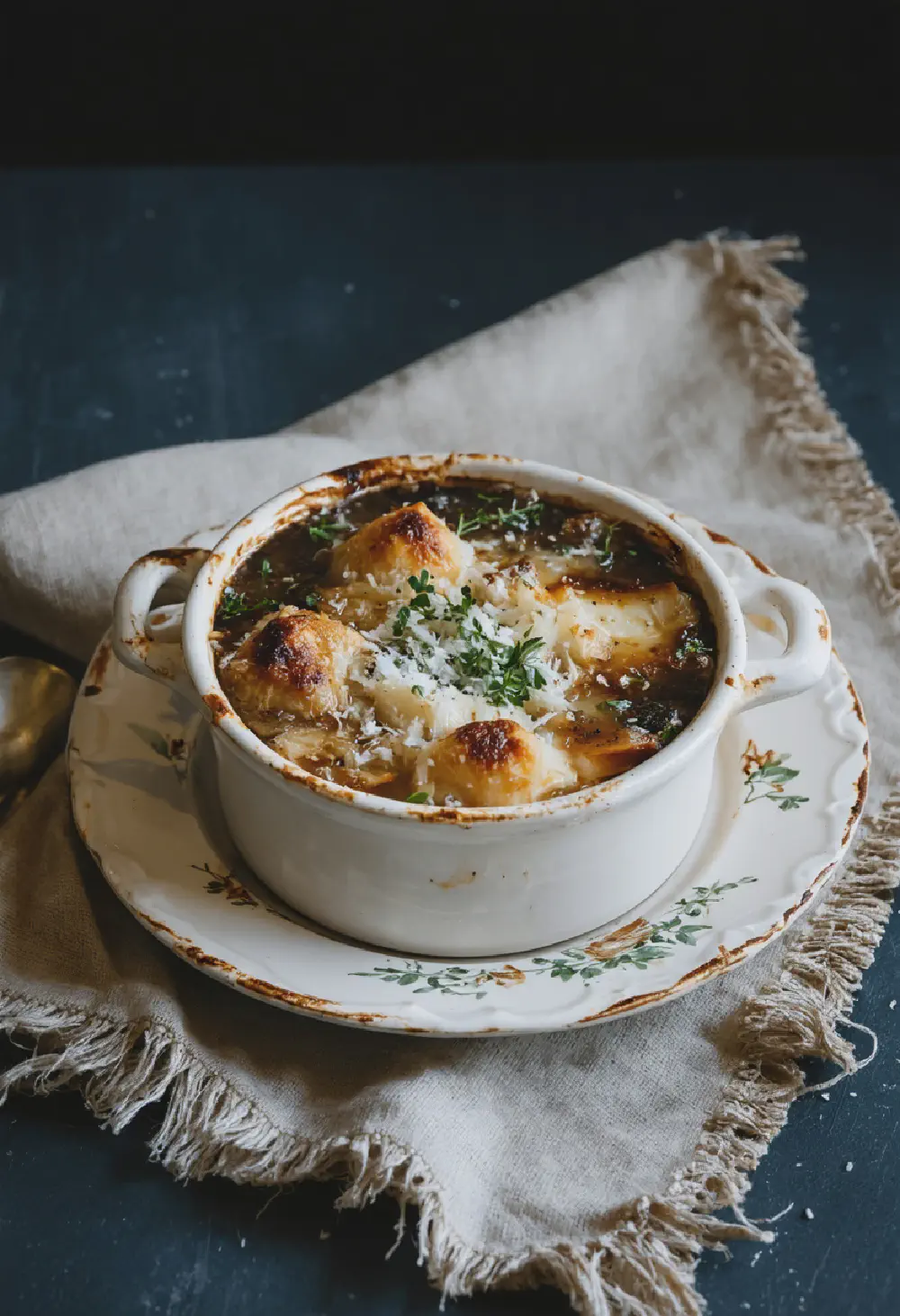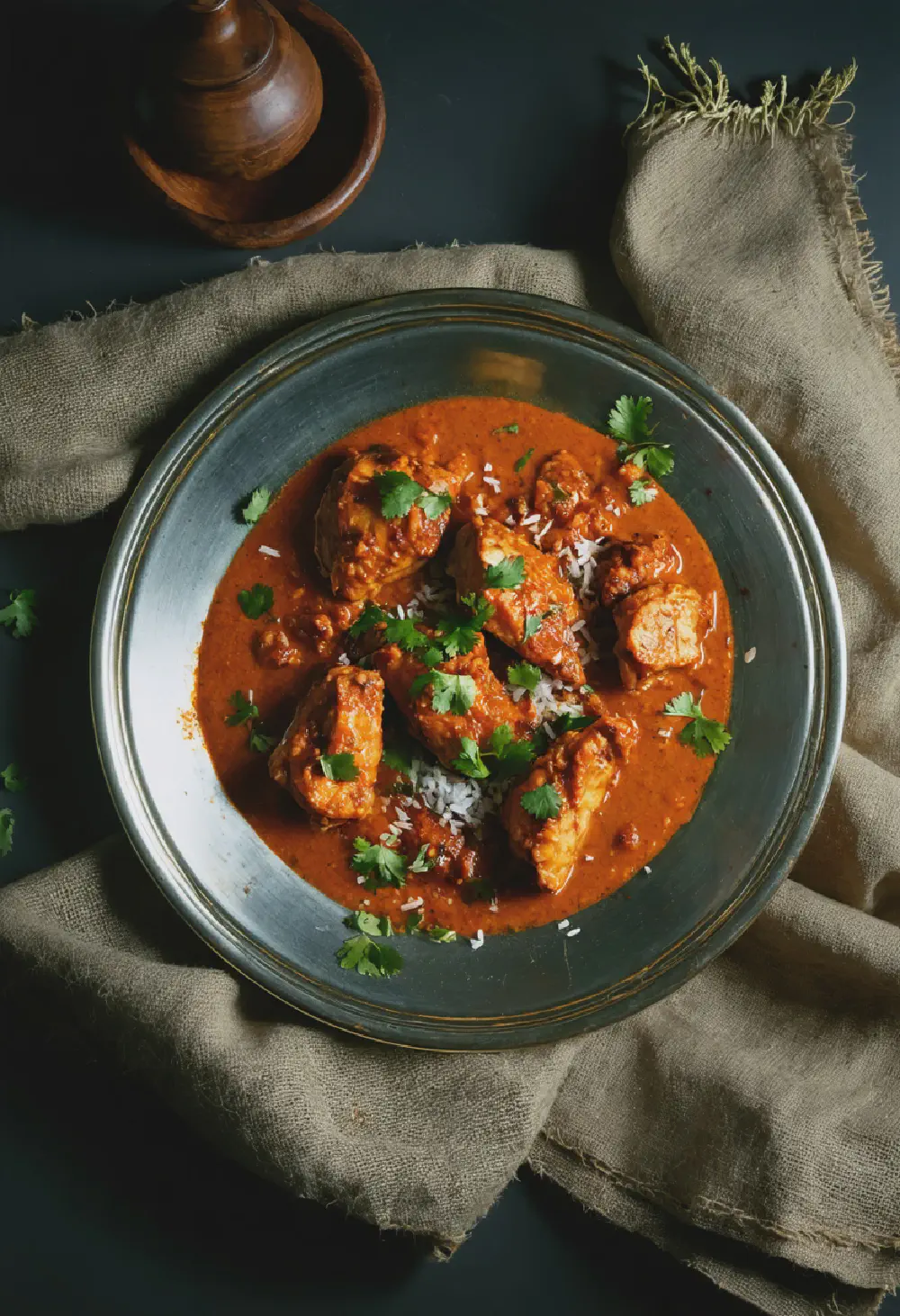Chicken Cordon Bleu
30M
1H
- Makes 4 servings
- 4 boneless, skinless chicken breasts
- 4 slices of ham
- 4 slices of Swiss cheese
- 1 cup all-purpose flour
- 2 large eggs, beaten
- 1 cup breadcrumbs
- 1 teaspoon salt
- 1/2 teaspoon black pepper
- 2 tablespoons butter, melted
- Fresh parsley, for garnish
- Preheat your oven to 350°F (175°C).
- Place each chicken breast between two sheets of plastic wrap and pound with a meat mallet until about 1/4-inch thick.
- Lay a slice of ham and a slice of Swiss cheese on each flattened chicken breast. Roll up the chicken tightly, tucking in the sides as you go, and secure with toothpicks.
- Set up three shallow dishes: one with flour, one with beaten eggs, and one with breadcrumbs mixed with salt and pepper.
- Dredge each rolled chicken breast first in flour, then in the beaten eggs, and finally in the breadcrumb mixture, ensuring they are well coated.
- Place the breaded chicken rolls on a baking sheet lined with parchment paper. Drizzle with melted butter.
- Bake in the preheated oven for 25-30 minutes, or until the chicken is cooked through and the breadcrumbs are golden brown.
- Remove from the oven and let rest for 5 minutes. Remove the toothpicks, slice the chicken rolls, and garnish with fresh parsley before serving.
Chicken Cordon Bleu: A French Culinary Delight
History
Chicken Cordon Bleu, a beloved dish in French cuisine, has a fascinating history that traces back to the early 20th century. The name “Cordon Bleu” translates to “blue ribbon” in French, which historically was a symbol of excellence. This dish is believed to have originated in Switzerland, but it gained its fame in France, where it was first served in upscale restaurants. The concept of stuffing meat with cheese and ham was not new, but the breading and baking technique used in Chicken Cordon Bleu set it apart, making it a staple in French culinary tradition. Over the years, this dish has evolved and adapted, but its core elements remain a testament to the elegance and sophistication of French cooking.
Taste Profile
The taste profile of Chicken Cordon Bleu is a harmonious blend of flavors and textures that make it a standout dish. The tender chicken breast provides a mild, succulent base that perfectly complements the savory ham and the rich, nutty Swiss cheese. When baked, the cheese melts into a gooey, delicious filling that oozes out with every bite. The breadcrumb coating adds a delightful crunch, enhancing the overall experience. The combination of these elements results in a dish that is both comforting and sophisticated, with a balance of saltiness from the ham and cheese, and a subtle sweetness from the chicken. This interplay of flavors and textures makes Chicken Cordon Bleu a favorite among food enthusiasts.
Cultural Significance
In the realm of French cuisine, Chicken Cordon Bleu holds a special place due to its cultural significance. It embodies the French culinary philosophy of transforming simple ingredients into something extraordinary through meticulous preparation and presentation. This dish is often associated with fine dining and special occasions, reflecting the French appreciation for elegance and refinement in food. It is commonly featured on the menus of high-end restaurants and is a popular choice for celebratory meals. The technique of stuffing and breading meat, which is central to Chicken Cordon Bleu, is a testament to the innovative spirit of French cooking. As such, this dish not only represents a culinary delight but also a cultural icon within French gastronomy.


